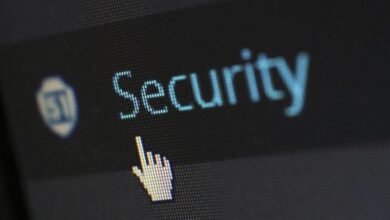Fraud Check & Reporting 3533490751 3509655894 3382691343 3509081345 3757269513 3516621950

Fraud checks and reporting are critical components in the fight against financial deception. The specific numbers 3533490751, 3509655894, 3382691343, 3509081345, 3757269513, and 3516621950 represent potential indicators of fraudulent activity. Understanding how to recognize these indicators and the implications of reporting them can significantly impact community safety. However, many individuals remain unaware of the mechanisms involved in effective fraud detection and reporting. What steps can be taken to enhance personal security and community vigilance?
Understanding Fraud: Types and Tactics
Fraud encompasses a range of deceptive practices aimed at securing an unfair or unlawful gain.
Among these, financial scams and identity theft represent significant threats. Financial scams often exploit individuals through misleading schemes promising quick returns, while identity theft involves unlawfully acquiring personal information to impersonate victims.
Understanding these tactics is crucial for individuals seeking to safeguard their financial autonomy and personal integrity against such dangers.
The Importance of Fraud Reporting
Reporting fraudulent activities plays a pivotal role in mitigating the impact of scams and identity theft.
It enhances fraud awareness among individuals and organizations, fostering a proactive approach to prevention.
Proper reporting procedures not only facilitate timely investigations but also contribute to the establishment of effective deterrents against future offenses.
Thus, understanding the significance of fraud reporting is essential for community resilience.
How to Conduct a Fraud Check
Conducting a thorough fraud check involves a systematic evaluation of various indicators that may suggest fraudulent activity.
This process includes detailed fraud detection techniques, such as analyzing transaction patterns and discrepancies.
Risk assessment plays a crucial role, identifying vulnerabilities within systems and processes.
Best Practices for Protecting Your Information
Protecting sensitive information requires a comprehensive approach that encompasses both technological safeguards and employee awareness.
Implementing strong data security measures, such as encryption and multi-factor authentication, can significantly reduce the risk of identity theft.
Additionally, regular training on recognizing phishing attempts and secure data handling practices empowers employees to contribute actively to the organization’s overall defense against breaches and unauthorized access.
Conclusion
In conclusion, the vigilance against fraud mirrors the age-old adage of “forewarned is forearmed.” By systematically identifying and reporting suspicious activity, individuals fortify their defenses against the ever-evolving tactics of deceit. The numbers highlighted serve as vital reminders of the necessity for ongoing scrutiny. As communities unite in this proactive stance, they cultivate an environment where awareness and timely intervention become paramount, echoing the timeless truth that collective action is the cornerstone of resilience against fraud.



